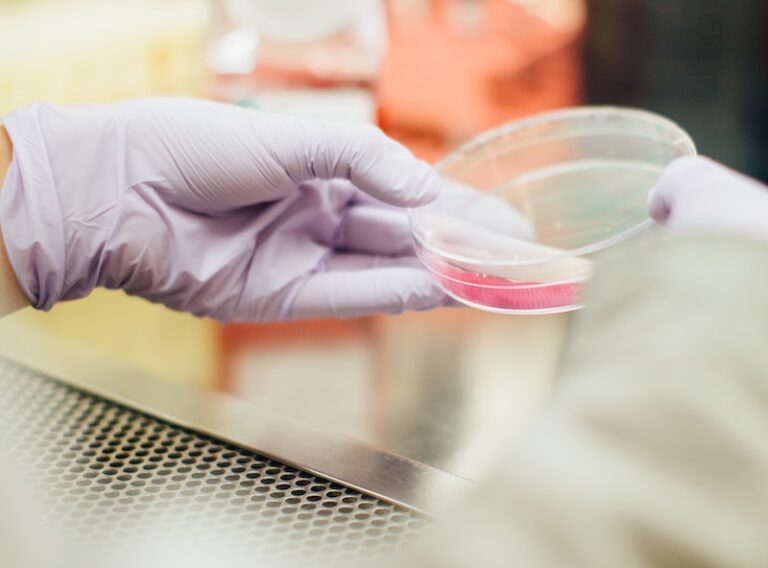A lab analyzes a sample of semen and looks at things like the number of healthy sperm (sperm concentration) and how well they move (motility). People can collect samples at home using special condoms that allow them to ejaculate into a collection container.
For accurate results, doctors usually request two or three tests done at least a week apart. It’s also important to avoid alcohol, marijuana, and other drugs that can affect sperm count and motility.
What is a sperm test?
A sperm test, also called a semen analysis, measures the number of healthy sperm in a sample of semen, the fluid that contains sperm released during ejaculation. It can help determine if low sperm count or sperm dysfunction is the cause of infertility. To get accurate results, a patient should abstain from sexual activity that causes ejaculation for two to five days before the test.
During the test, a health professional will examine the semen under a microscope to measure sperm count and concentration. A sperm count below 15 million per milliliter of semen indicates a problem. The doctor will also look at how the sperm move, known as motility. Ideally, at least 50% of the sperm should be moving forward and have an oval-shaped head. In addition to these measurements, a sperm test can measure the shape of each sperm, which can indicate if it has an abnormal structure that could cause fertility problems.
Patients can buy home sperm analysis kits that allow them to collect their own semen for testing. These kits typically include a Wifi device, a collection kit, two slides, a pipette and liquefaction vials with instructions. A patient should make sure to follow the instructions carefully to ensure that the sample is collected correctly and that it is kept at body temperature during transport and delivery to the lab.
What are the benefits of a sperm test?
A sperm test is an important step in diagnosing fertility problems. It looks at many factors, including the number of sperm present and their ability to fertilize an egg. It also examines the shape and movement of the sperm. Other tests include the cervical mucus penetration test, which checks sperm’s ability to penetrate an egg in a woman’s cervical fluid, and the hematology test, which counts white blood cells in semen. A karyotyping test can help identify genetic disorders that may cause infertility.
A medical professional will usually perform a sperm test as part of an initial visit to a fertility clinic or doctor’s office. During the test, you’ll stimulate your genitals to collect a sample of semen in a cup. You’ll typically be asked not to use lubricants for two or more days before the test.
You’ll receive your results in a few weeks after the test. Your doctor will go over them with you and explain what they mean in terms of your fertility. They may suggest other testing, such as a scrotal ultrasound or a blood test to check for hormone levels that play a role in fertility.
At-home sperm tests are available, but they don’t provide the same level of information as a lab test. Home tests typically measure sperm count, but they don’t look at other factors, such as morphology or motility.
What are the disadvantages of a sperm test?
There are a few key differences between at-home sperm tests and those conducted by medical professionals. For example, many at-home tests only test for sperm count, while medical professional tests can look at more factors such as sperm volume, motility, and morphology. They can also evaluate hormone levels, which can play a role in fertility.
Another key difference is that medical professionals will usually conduct multiple sperm analyses, taking samples from a man over a period of weeks. This is because sperm counts can vary between days, so taking an average over time provides more reliable results.
At-home sperm tests, such as the Micra or Trak test, use a centrifugal motion to evaluate a sample’s sperm concentration. However, they don’t look at other important things such as sperm shape and movement. This can lead to a false sense of security for men with low sperm counts, especially if the test says they have a normal concentration.
In addition, at-home sperm tests can be inaccurate depending on the collection method and temperature of the sample. For this reason, it’s important to avoid sexual activity and any medication that may cause ejaculation for several days before taking a home test. This can help ensure that the sample is of high quality. Lastly, at-home sperm tests don’t provide the same level of detail as a lab analysis and should only be used to identify possible issues. A doctor should be consulted for any diagnosis or treatment plan.
Where can I get a sperm test done?
A sperm test, or semen analysis, is one of the first tests ordered when infertility problems are suspected. A patient can get this done in a medical setting or at home using an at-home kit. These kits usually contain a device, two collection kits, a transfer pipette, two slides, and liquefaction vials. The kits also provide detailed instructions on how to collect the sample. Patients should avoid sexual activity that could result in ejaculating for 2-7 days before the test for the most accurate results.
A semen analysis will check several factors including volume, sperm count, sperm concentration, and sperm motility. Motile sperm are able to swim and fertilize an egg during natural pregnancy. The test will also look at sperm morphology, which checks for abnormal shapes. A normal sperm count is between 20 million and 200 million sperm per milliliter of semen. The laboratory will also determine the liquefaction time, which is how long it takes for the gel-like semen to turn into liquid.
During the test, the patient will be asked to perform masturbation in a private room and collect the semen with a transfer pipette. Then the sample will be transferred to a tube and sent to the lab. The sperm will then be analyzed under a microscope. The doctor will then discuss the results with the patient. If the results are not ideal, the doctor may suggest further testing or a referral to a specialist.
See Also:





